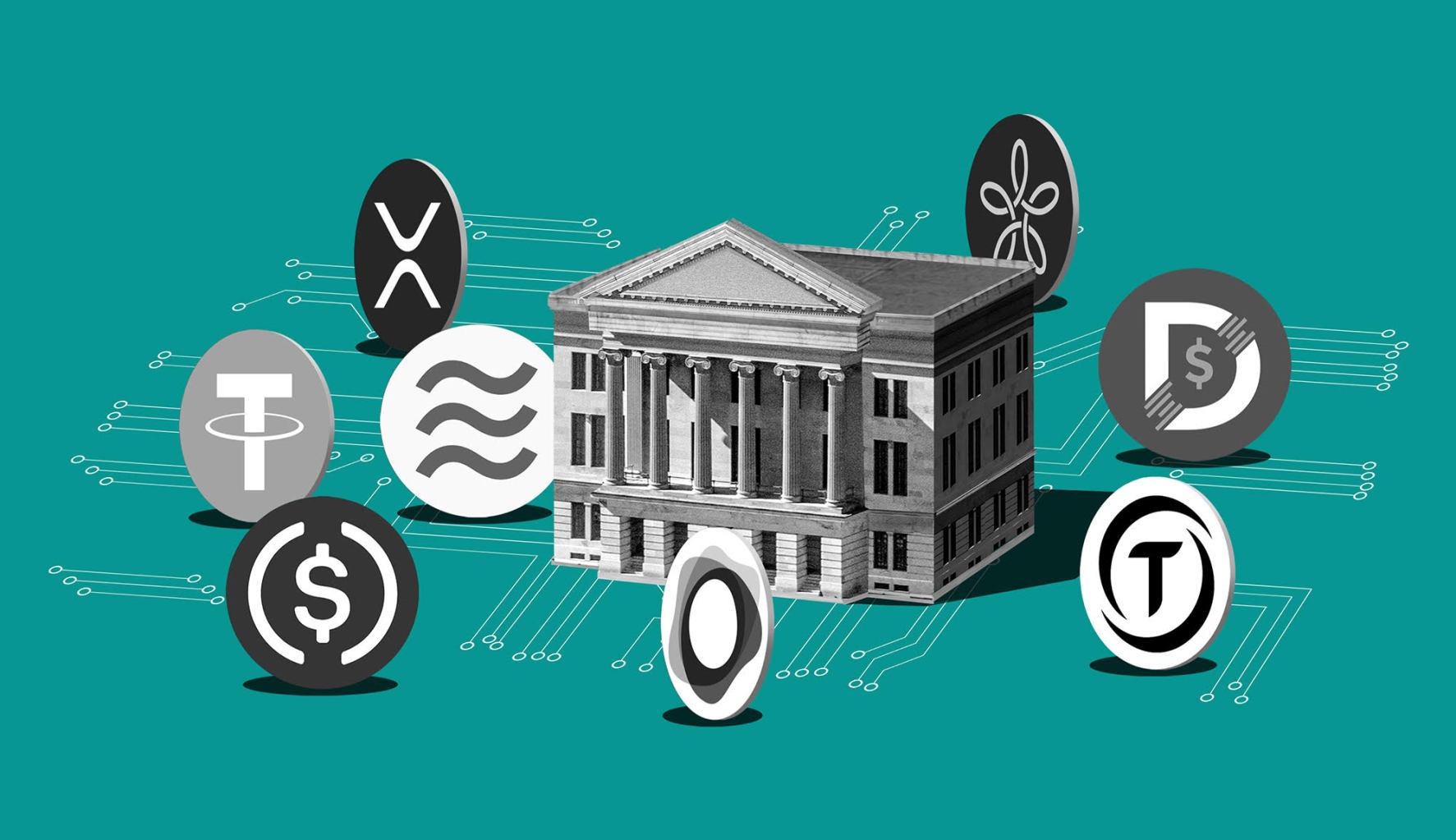In modern finance, the emergence of stablecoins has ushered in a new era of efficiency and reliability. These innovative digital currencies have not only redefined the way we approach payment systems but have also transformed the landscape of trading practices. With their unique features and benefits, stablecoins pave the way for a more seamless and secure financial future.
Understanding Stablecoins: A Paradigm Shift
Stablecoins, as the name suggests, are cryptocurrencies designed to maintain stability in value, setting them apart from the volatile nature of other digital assets like Bitcoin and Ethereum. These coins are typically pegged to tangible assets such as fiat currencies, precious metals, or other cryptocurrencies. This pegging mechanism ensures that stablecoins can minimize the price fluctuations that have often deterred individuals and businesses from fully embracing cryptocurrencies.
The Role of Stablecoins in Payment Systems
Enhanced Transaction Efficiency
One of the standout advantages of stablecoins is their ability to facilitate swift and efficient transactions. Traditional cross-border transactions can be cumbersome, involving intermediaries, extended processing times, and hefty fees. Stablecoins, on the other hand, enable near-instantaneous transfers across borders with minimal fees, making them an ideal choice for businesses operating in the global market.
Reduced Volatility
Volatility has long been a roadblock to adopting cryptocurrencies in day-to-day transactions. Stablecoins mitigate this concern by maintaining a consistent value akin to traditional fiat currencies. This stability empowers users to confidently engage in transactions without the fear of significant value fluctuations, ultimately fostering trust in the digital payment ecosystem.
Stablecoins: Transforming Trading Practices
Liquidity and Accessibility
Stablecoins have significantly enhanced liquidity and accessibility within the trading landscape. Traders and investors can swiftly move in and out of positions without being subjected to the delays often associated with converting between cryptocurrencies and fiat. This real-time liquidity empowers traders to capitalize on market opportunities promptly.

Arbitrage and Market Efficiency
The stability of stablecoins has given rise to improved arbitrage opportunities and overall market efficiency. Traders can leverage the consistent value of stablecoins to exploit price disparities across different exchanges, contributing to the alignment of prices and the reduction of market inefficiencies.
The Future Landscape
As stablecoins continue to gain traction, their role in reshaping payment systems and trading practices is set to expand further. Financial institutions are increasingly exploring the integration of stablecoins to streamline cross-border transactions, and regulatory frameworks are evolving to accommodate these innovative assets.
Conclusion
Stablecoins have undeniably ushered in a new era of stability, efficiency, and trust within the world of finance. By redefining payment systems and revolutionizing trading practices, these digital assets are proving to be a cornerstone of the future financial landscape. As the technology behind stablecoins advances and their adoption continues to grow, we can anticipate a financial ecosystem that is more connected, accessible, and secure than ever before.
In a world where digital transformation is constant, stablecoins stand as a testament to innovation that has the power to shape the way we transact and trade for years to come.


